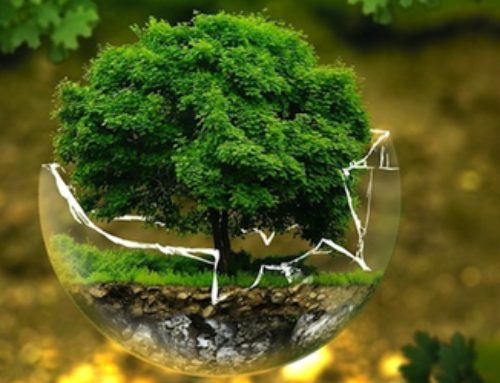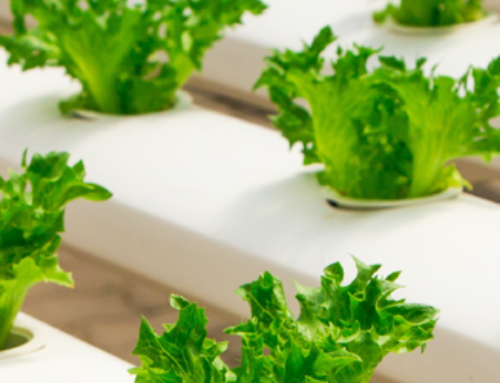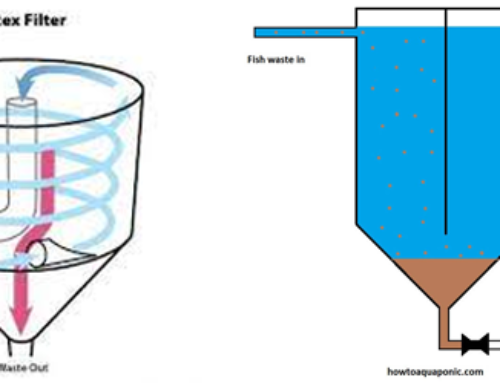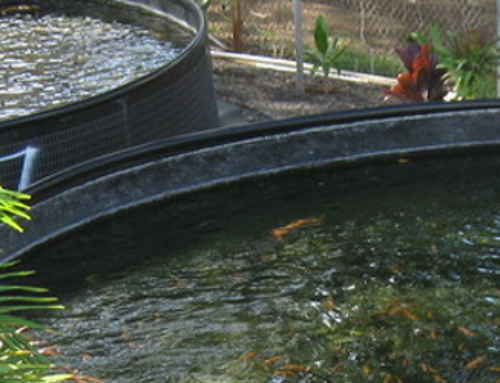While many renewable energy and low impact energy projects are large-scale, renewable technologies are also suited to rural and remote areas and developing countries, where energy is often crucial in human development.
Former United Nations Secretary-General Ban Ki-moon has said that renewable energy has the ability to lift the poorest nations to new levels of prosperity.
As most of renewables provide electricity, renewable energy deployment is often applied in conjunction with further electrification (Low impact energy), which has several benefits: Electricity can be converted to heat (where necessary generating higher temperatures than fossil fuels), can be converted into mechanical energy with high efficiency and is clean at the point of consumption. In addition to that electrification with renewable energy is much more efficient and therefore leads to a significant reduction in primary energy requirements, because most renewables don’t have a steam cycle with high losses (fossil power plants usually have losses of 40 to 65%)
Renewable energy systems are rapidly becoming more efficient and cheaper. Their share of total energy consumption is increasing. Growth in consumption of coal and oil could end by 2020 due to increased uptake of renewables and natural gas.
Heat pumps
A heat pump is simply a device for absorbing heat from one place and transporting it to another. Heat pumps for space and/or water heating can get ‘free’ heat from air, water or the ground outside the building. In each case the system has 3 components: a collector, the heat pump, and a distribution system. Ground source heat pumps (GSHPs) rely on heat from the sun warming the surrounding land. Since the heat pump will produce circulating temperatures of only 30-45°C, highly efficient low temperature radiators or preferably underfloor heating are required, with back-up heating if the system is used for domestic hot water.
Solar hot water
Also known as solar thermal, a domestic solar hot water system is one which absorbs the sun’s energy and transfers it to a storage cylinder. It is different from photovoltaics; solar hot water panels do not produce electricity, they heat water directly.In a direct system, the water that passes through the panels is the water that eventually comes out of the hot tap.In this type of system, there are issues around the water in the panels freezing in winter (so they need to be drained) and lime-scale build-up. In an indirect system, the water in the panels passes through a heat exchanger (coil) in the cylinder and then back to the panels in a continuous loop. Anti-freeze can be added, and there is no problem with lime-scale build-up.
Solar electricity
Solar electricity is the generation of electricity from the power of the sun, via photovoltaic (pv) cells. The solar electricity produced this way(and also from batteries) flows in one direction only, and so is called direct current. Direct current can be stored in batteries to power 12 volt appliances. However, these are more expensive and less readily available than ordinary domestic 240 volt appliances, so batteries and an inverter can be used to convert the 12 volt direct current to 240 volt alternating current. If you’re using batteries they need to be deep-cycle (able to be continuously drained and re-charged) with a charge controller to prevent overcharging.
Wind energy
Wind generators are devices that produce electricity from the power of the wind; inside the body of a generator, there is a coil of wire and a magnet. When a coil of wire is moved inside a magnetic field, it produces an electric current in the wire. Wind generators come in many sizes and shapes, from small units found on caravans and boats to enormous machines that can power a whole village. Wind power is suitable for small installations, unlike many other generation technologies which are only viable on a large scale. Check the wind speeds at your location, or monitor them yourself with an anemometer, then look at graphs provided by manufacturers for their turbines to see what power (in Watts) you will get for your average windspeed.
Wind pumps
Wind pumps are devices for moving water, powered solely by the wind. There are 3 main types:
- direct drive: a crank on the axle of the turbine rotor raises and lowers a pump plunger via a rod
- geared drive: does the same, but the crank is geared to run more slowly than the turbine; smaller turbines benefit from being geared, to enable a slower pump, but with more volume
- electric generator on the turbine: the turbine generates electricity which drives the pump; you can then have the pump some distance from the turbine
Wind pumps have a distinct look – usually having many more and flatter blades than wind generators. This allows them to operate at slower wind speeds, than required for electricity generation.
The way a wind pump works has not changed for hundreds of years. The wind causes the turbine rotor to rotate, which turns a crank, which converts the rotation into the vertical up-and-down movement of a transmission rod. The rod raises and lowers a piston in a pump comprising a cylinder and two valves. During the down stroke the cylinder fills with water, and during the up stroke the piston raises the water in the cylinder and riser, taking the water to wherever you want it.
Batteries
The main benefit of batteries is for people who are off-grid. If you’re building a renewable electricity system, you’re not looking to use electricity as it’s generated – the sun won’t be shining all the time, and the wind won’t be blowing all the time, and you’re going to want more electricity at some times than others. So you’ll need to store your electricity.
The best types for renewable energy systems are leisure/deep-cycle batteries (for caravans, boats or mobile homes) or traction batteries (forklifts), as they can be repeatedly deeply discharged and recharged.
There are 3 kinds of lead-acid battery:
- gel – the electrolyte is in a gel form. They are used mainly for emergency standby, and are no good in a cycling (charge/discharge) situation.
- glass mat – the electrolyte is held within a soaked glass mat between the plates. They are better than gel batteries for cycling, but over time, anomalies will develop between the individual cells as regards voltage and state of charge. They are used in situations where a liquid electrolyte might spill.
- flooded battery – contains liquid electrolyte that can spill; this is the best type for a renewable energy system. They need to be topped up with distilled water from time to time.
Biogas
Biogas is mostly methane (around 60%) with carbon dioxide (around 40%) and a little hydrogen and hydrogen sulphide. It is made by anaerobic bacteria breaking down organic matter in the absence of oxygen (when the organic matter is waterlogged – i.e. a slurry). Biogas is generated naturally in the mud at the bottom of marshes; it is called marsh gas, and often ignites. The process also occurs in landfill sites, and in the digestive system of humans and other animals.
The equipment in which the organic matter breaks down anaerobically is called a digester, and there is also some sort of storage container for the gas produced. Raw biogas can be ‘scrubbed’ by passing it through slaked lime, which removes most of the CO2 and increases its calorific value.
The two main types of digesters are the continuous and the batch. Continuous digesters have a constant throughput of material, and batch digesters extract the gas from a contained batch of material, which is then emptied and a new batch added.
Biogas digesters are already widely used in developing countries, especially India and China, as firewood for cooking becomes scarce. There are millions of small family plants in India and China. In the West, digesters tend to be larger-scale, taking animal slurries and human sewage. But they can be domestic-scale, for individuals looking to reduce their dependency on fossil fuels.
Energy saving
Learn about ways to reduce the amount of energy you need, with low-energy kit and techniques. Or just by consuming less.
LED lights use less electricity – you can get a 90% reduction if you are replacing traditional filament bulbs and up to 30% if you are replacing more modern CFL or fluorescent ones. They last much longer too. A standard LED bulb will outlast a CFL bulb by about five times (and an incandescent bulb by at least 20 times). Indeed, if you buy a good quality bulb you can expect it to last for more than 20 years.





